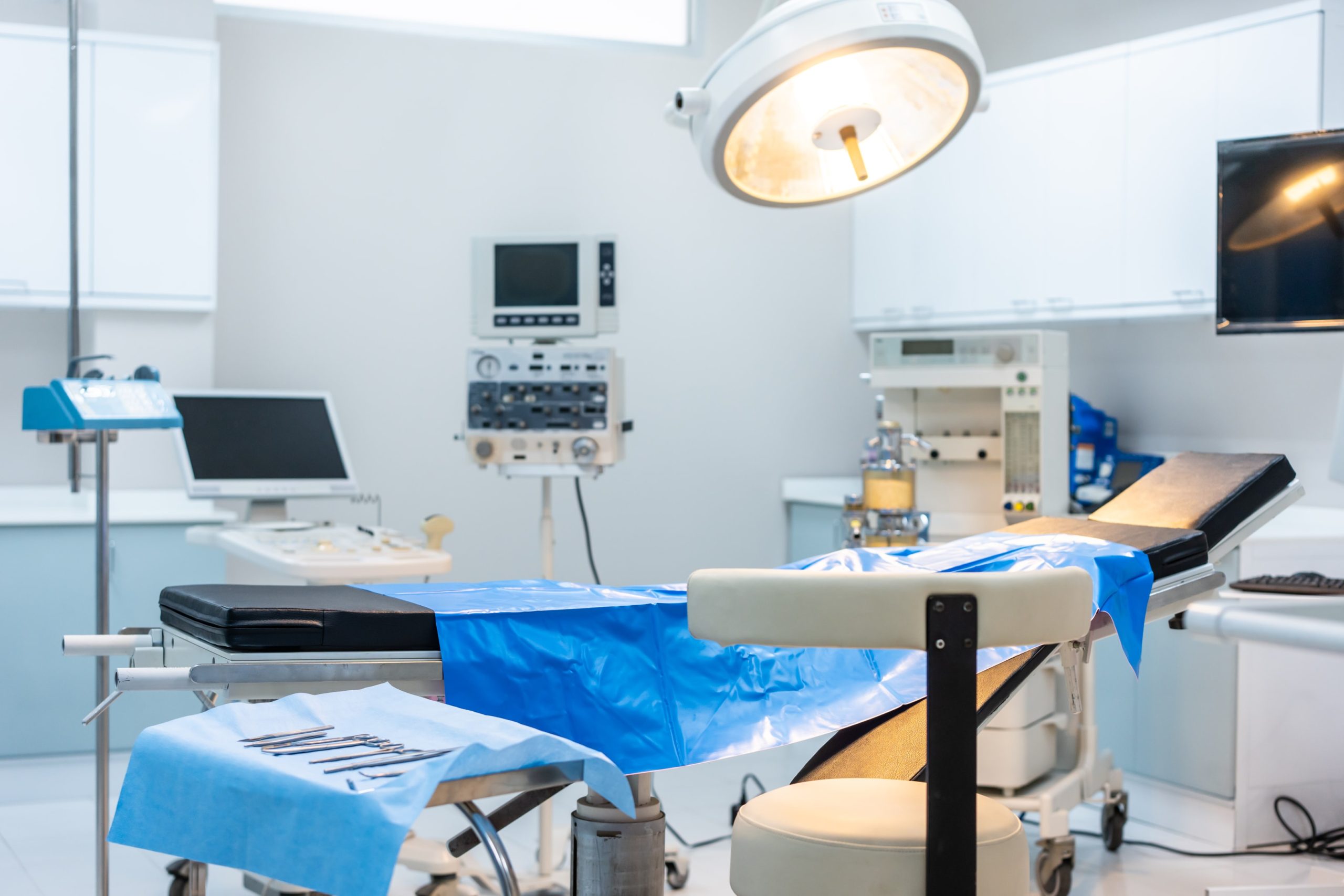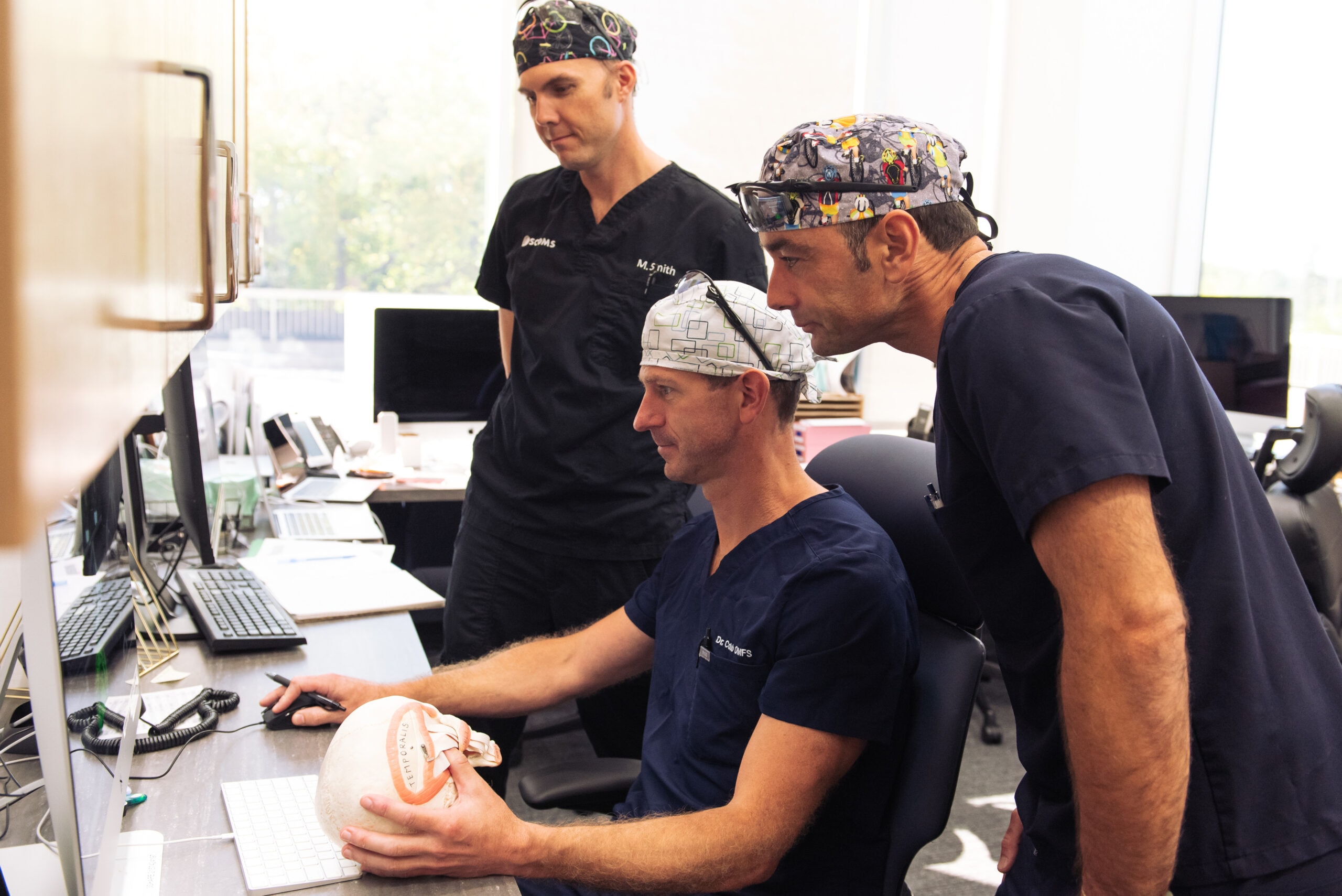
Understanding the role of canine teeth in the lineup of human teeth is crucial for maintaining dental health.
Introduction
Imagine your child’s smile as a puzzle. Each tooth is a piece that must fit perfectly. Sometimes, however, a critical piece—a canine tooth—doesn’t emerge as it should, becoming what is known as an impacted canine tooth.
This can happen when a smaller baby tooth remains in the area where the adult tooth should erupt, necessitating the removal of the baby tooth to make space for the impacted adult tooth to be moved into its proper position.
This can throw the whole puzzle out of whack. But don’t worry, we’ve got the guidance you need. In this blog post, we’ll delve into the concerns surrounding impacted canine teeth, the necessity of surgery, how orthodontists and oral surgeons treat it, and why choosing Impact Orthodontics in Calgary, AB is the best decision for your child’s dental health.
What is an Impacted Canine Tooth?
An impacted canine tooth occurs when a canine tooth fails to erupt properly through the gum line. Maxillary canine teeth are the most commonly impacted. This can happen for various reasons, such as overcrowding, abnormal positioning, or genetic factors. Impacted canines are more common than you might think, and they need to be addressed to prevent complications like infection, cyst formation, and misalignment of other teeth.
Signs and Symptoms
The first signs of an impacted canine tooth can often be spotted during routine dental check-ups. Common indicators include delayed tooth eruption, misalignment of adjacent teeth, and sometimes a noticeable bulge in the gum where the tooth should emerge, indicating an improper position in the dental arch. Regular dental visits are crucial for early detection and intervention.
The Necessity of Impacted Canine Tooth Surgery
When it comes to treating an impacted canine, surgical intervention is often required. This involves lifting and suturing the gum tissue to expose the hidden tooth underneath. The goal is to guide the impacted tooth into its proper position, ensuring the overall alignment and health of the teeth. Here’s why surgery is usually necessary:
Preventing Further Complications to Adjacent Teeth
Leaving an impacted canine untreated can lead to various dental issues. These include infection, damage to adjacent teeth, and the formation of cysts or tumors in severe cases. Surgery helps prevent these complications by addressing the problem at its source. Similar to wisdom teeth, impacted canines can cause significant problems if not properly managed.
Enhancing Aesthetic and Functional Outcomes
Surgical treatment not only prevents dental issues but also improves the aesthetic appearance of the smile and ensures proper bite alignment. This is particularly important for children as they grow, helping them avoid future orthodontic problems. Canine teeth, being strong biting teeth, are crucial for proper bite alignment.
How Orthodontists Treat Impacted Canines
Orthodontists play a critical role in the treatment of impacted canine teeth. Here’s how they approach the situation:
Detailed Assessment and Planning
The first step is a thorough assessment using dental X-rays and 3D imaging to determine the exact position of the impacted tooth, including any hidden tooth underneath. Based on this assessment, the orthodontist will develop a customized treatment plan.
Creating Space for the Tooth
Often, there isn’t enough space for the impacted canine to emerge. Orthodontists use braces or other appliances to create space in the dental arch. This process can take several months but is crucial for successful treatment.
Guided Eruption
Once sufficient space is created, the orthodontist will work with an oral surgeon to expose the impacted tooth surgically. An orthodontic bracket may be attached to the tooth to help guide it into its proper position using gentle pressure over time. Canine teeth are very strong biting teeth and play a crucial role in guiding the rest of the teeth into the proper bite.
Invisalign and Braces: Non-Surgical Options
In some cases, orthodontic treatments like Invisalign and braces can help manage and treat an impacted canine tooth without immediate surgery. Here’s how:
Invisalign
Invisalign uses a series of clear, removable aligners to gradually shift the teeth into their proper positions. For impacted canines, Invisalign can create space by moving surrounding teeth, making it easier for the canine to emerge. This treatment is particularly appealing for older children and teens due to its nearly invisible appearance.
Braces
Traditional braces are highly effective in treating impacted canines. They can be used to apply continuous pressure on the impacted tooth, guiding it into the correct position over time. Braces can also create the necessary space in the jaw, ensuring that the tooth has enough room to emerge properly.
Combination Treatments
Often, a combination of Invisalign or braces with surgical exposure of the impacted tooth is used. This approach maximizes the efficiency of the treatment, ensuring the best possible outcome for the patient.
The Role of Oral Surgeons
Oral surgeons are specialists who perform the surgical aspect of the treatment. Here’s what they do:
Surgical Exposure
The surgeon will make a small incision in the gum to expose the impacted tooth. Depending on the tooth’s position, different techniques may be used. For instance, if the tooth is near the palate, a flap may be created to allow the tooth to emerge naturally. If the impacted tooth cannot be properly positioned, a dental implant or a fixed bridge may be considered as an alternative treatment.
Attaching an Orthodontic Bracket
In many cases, the surgeon will attach a bracket to the exposed tooth. This bracket is then connected to the orthodontic appliances already in place, facilitating the tooth’s guided eruption into the correct position.
Post-Surgery Care and Follow-Up
After surgery, proper care is essential to ensure a smooth recovery and successful outcome. Here are some key points to keep in mind:
Pain Management and Healing
Your child will be prescribed pain medication to manage any discomfort following surgery. It’s also important to follow all postoperative care instructions, such as avoiding certain foods and maintaining good oral hygiene to prevent infection.
Regular Orthodontic Adjustments
Regular visits to the orthodontist are necessary to monitor the progress and make adjustments to the braces or other appliances. These adjustments ensure the impacted tooth is moving correctly into its desired position.
Why Choose Impact Orthodontics?
At Impact Orthodontics, we understand the unique needs of children and the concerns of parents. Here’s why we are the best choice for treating impacted canine teeth:
Expertise and Experience
Our team of experienced orthodontists and oral surgeons are highly skilled in managing and treating impacted canines. We use the latest technology and techniques to ensure the best possible outcomes for our patients.
Personalized Care
We believe in providing personalized care tailored to each child’s specific needs. From the first consultation to the end result, we work closely with you to ensure your child receives the best form of treatment.
Convenient Location
Located in Calgary, AB, we proudly serve SE and SW Calgary and surrounding communities. Our state-of-the-art facility is designed to make every visit comfortable and stress-free for both you and your child.
Family-Friendly Environment
We know how important it is to make dental visits a positive experience for children. Our friendly and welcoming environment helps put both parents and children at ease, ensuring a smooth and pleasant treatment process.
Conclusion
Dealing with an impacted canine tooth can be daunting, but with the right information and professional care, you can ensure the best outcome for your child. By choosing Impact Orthodontics, you’re opting for expertise, personalized care, and a family-friendly environment that prioritizes your child’s dental health. Schedule a consultation today and let us help you complete the puzzle of your child’s perfect smile!
For more information or to book an appointment, visit Impact Orthodontics. Your child’s smile deserves the best care, and we’re here to provide it.









